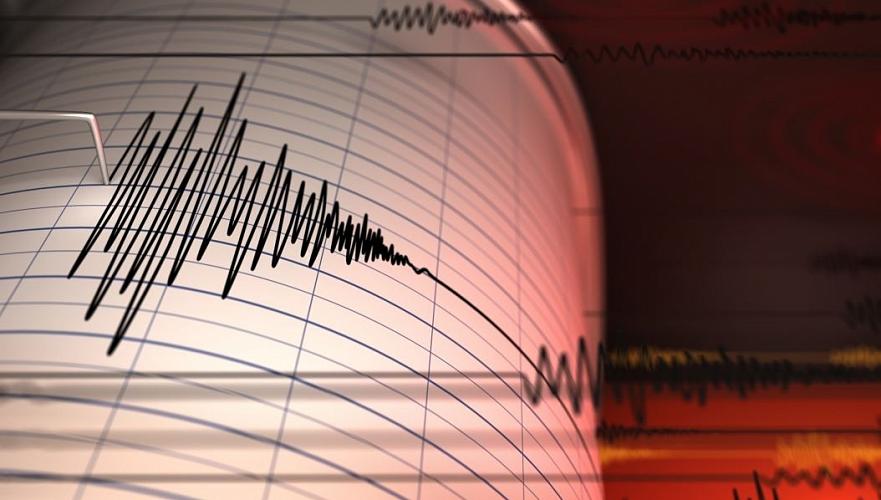Seismologists From Japan to Study Earthquakes in Almaty
Japanese experts in the field of seismology will come to Almaty, Kazakhstan's largest city, to study the nature of recent earthquakes there. According to the foreign ministry, a seminar on seismic safety will be organized by the Kazakh Agency for International Development (KazAID). "The co-organizers of the event are the Japanese International Development Agency (JICA), the Kazakh Research and Design and Experimental Institute of Earthquake Engineering (KazNIISA) and the Center for Emergency Situations and Disaster Risk Reduction," a statement said. Japanese seismologists will share their experience with Central Asian counterparts. They will present advanced technologies and standards of seismic isolation, as well as discuss possible cooperation in seismic construction practices. Japanese seismologists will also study the recent earthquakes in Almaty, to allow Kazakh specialists to develop strategies to prevent risks in the future. As previously reported, on January 23 and March 4 in Almaty, sensors recorded tremors with magnitudes of more than five points on the Richter scale. Experts say that the fluctuations of the Earth's crust had an unusual structure for the region.

